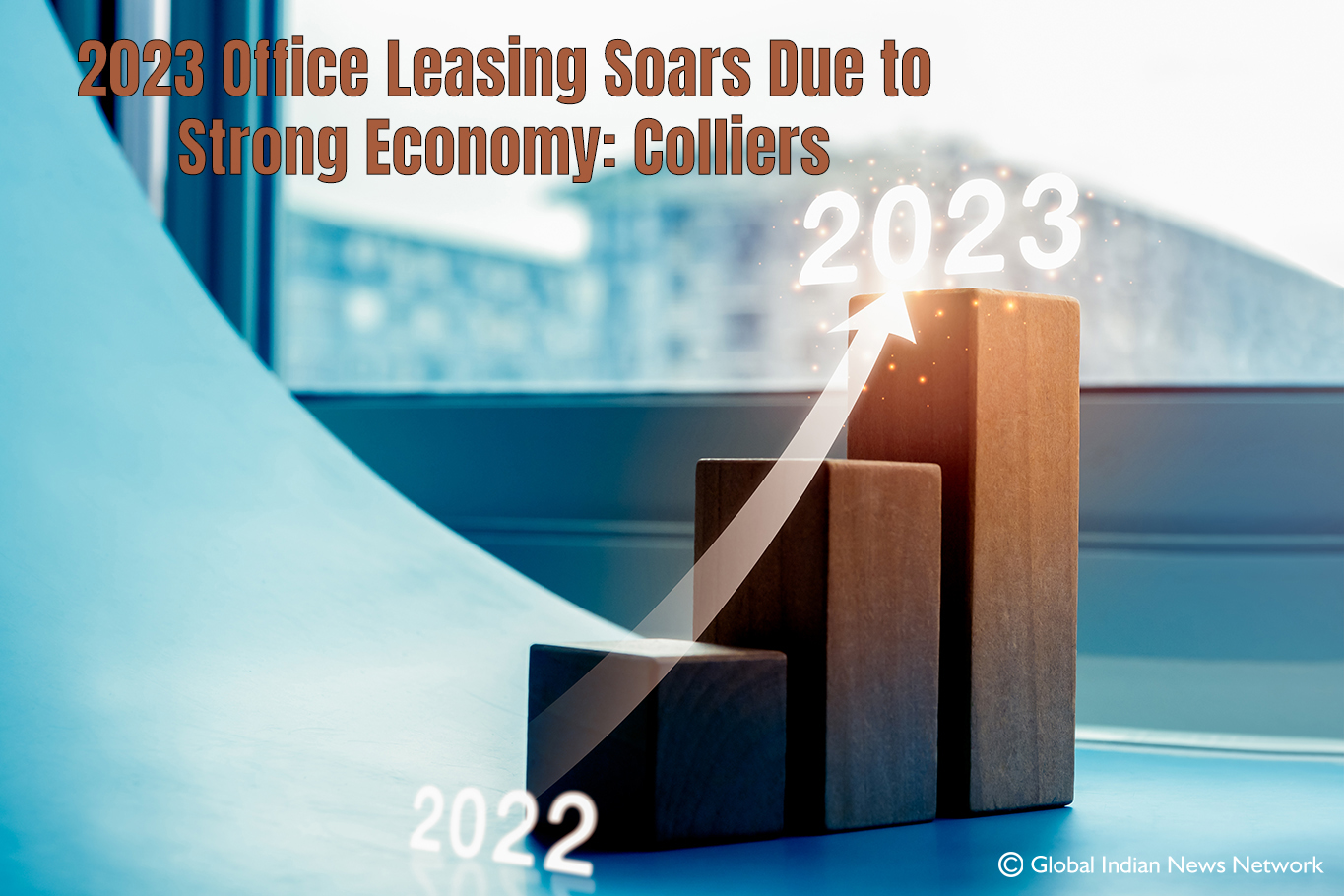
A recent report published by real estate firm Colliers has indicated that the Indian office sector is poised to experience an estimated 40-45 million square feet of gross leasing activity across the leading six markets in 2023. This forecast exceeds Colliers’ initial prediction by 10-15%.
Attributed to the report titled “India Office Market-Changing Winds,” the heightened demand is credited to a robust economic outlook. Data for the report was compiled from six prominent Indian cities, namely Bengaluru, Chennai, Delhi-NCR, Hyderabad, Mumbai, and Pune.
The year commenced with cautious activity, as the first quarter saw a gross absorption of 10.1 million square feet. However, the subsequent quarter showcased a noticeably swifter rebound, with leasing activity amounting to 14.6 million square feet—an impressive increase of over 50% quarter-over-quarter.
The surge in leasing activity was attributed to improved business sentiments across various demand sectors and a notable enhancement in the domestic economy. Among the cities, Chennai exhibited the most substantial quarter-on-quarter demand shift, marking a 113% surge to reach 3.3 million square feet in the June quarter. Pune followed closely with a 109% expansion to 1.7 million square feet, while Mumbai grew by 61% to 1.6 million square feet.
This momentum is projected to carry forward into the second half of the year, suggesting a stronger-than-expected performance in the office market for 2023.
The report underscores the significant influence of the technology sector, particularly rooted in the US, EU, and UK, on office space leasing in India.
Mr. Peush Jain, Managing Director of Office Services at Colliers India, noted, “Macroeconomic indicators have been displaying consistent positive signals. With repo rates likely stabilizing, GST collections, manufacturing and service indices, and overall equity markets portray robust indications of gaining momentum.”
The technology industry spearheaded office space demand in the initial half of 2023, accounting for 24% of the market share. Engineering and manufacturing, as well as the flex space sectors, followed with 18% and 17% shares, respectively.













